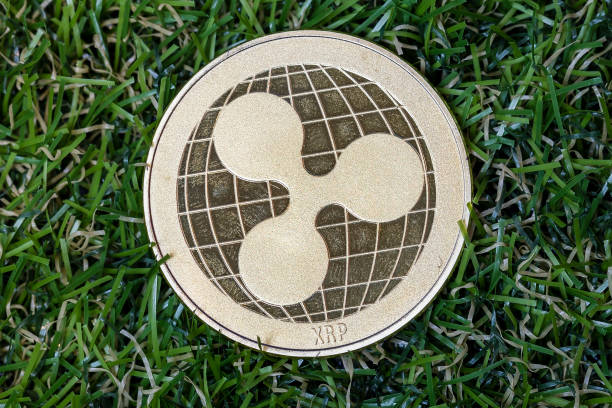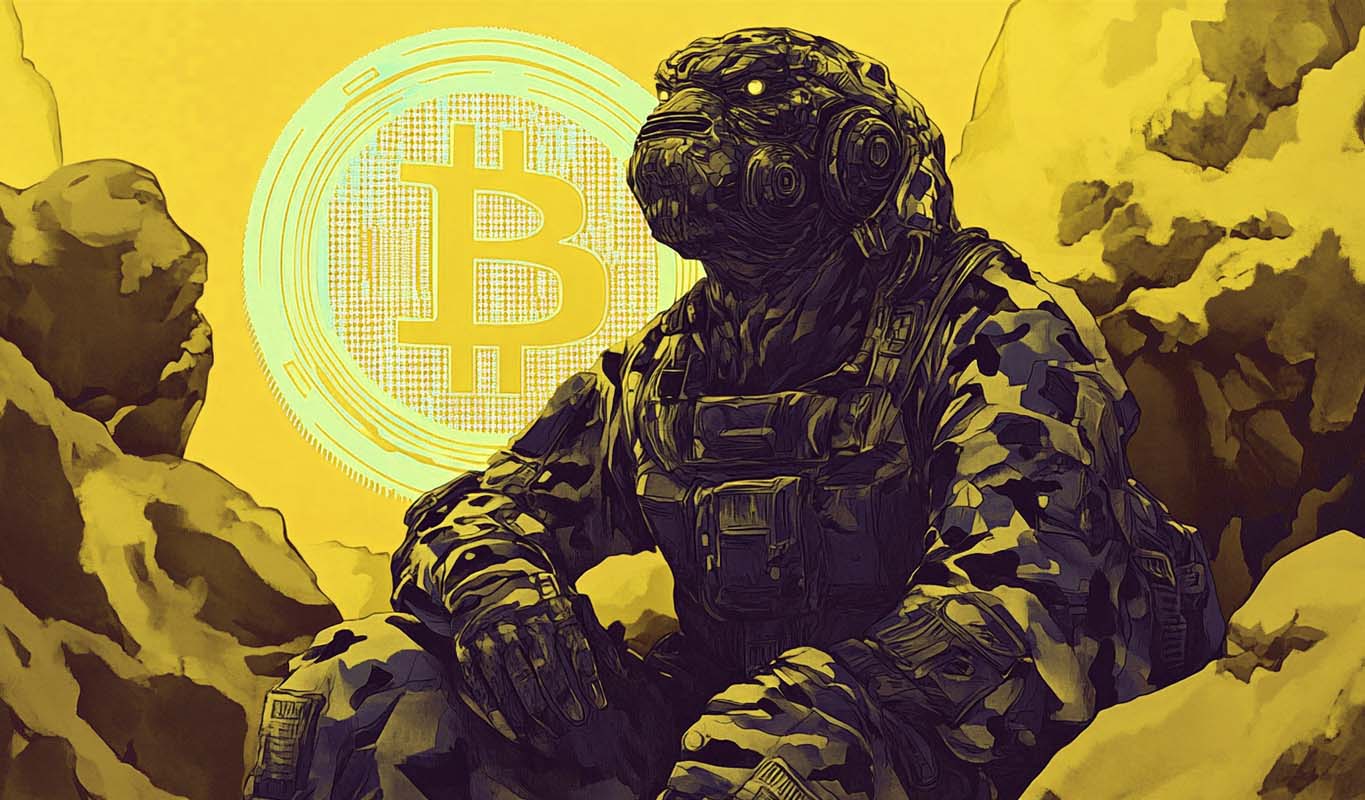Polygon’s native MATIC token has now transitioned to the Polygon Ecosystem Token (POL) on a one-to-one basis.
As of September 4, POL has taken over as the primary gas and staking token, driving a new phase of enhanced functionality and utility.
The switch to POL comes after more than a year of community deliberation and consensus building, and it represents a key component of the network’s ambitions with the Polygon 2.0 upgrade.

Did you know?
Want to get smarter & wealthier with crypto?
Subscribe – We publish new crypto explainer videos every week!
What is Ethereum & What is it Used For? (Animated Explanation)

Polygon Labs CEO Marc Boiron explained that this upgrade introduces 2% emissions, which gives the community a chance to participate in the network. While the migration isn’t fully complete, the first season of the community grants program has already allowed the community to benefit from some of these emissions.
In contrast to its predecessor, MATIC, which only generated fees from gas and staking, POL will also earn revenue from other activities, such as securing data availability and decentralizing a sequencer. These additional fee-earning opportunities are expected to continue expanding, making POL a highly versatile asset. Boiron remarked:
POL goes one step further, and as it gets kind of embedded in the different things in the Polygon Network, it becomes hyperproductive in the sense that it can actually earn fees from multiple different sources.
This “hyperproductive” functionality distinguishes POL from other tokens, including Ethereum’s Ether (ETH), which only generates fees from transaction gas.
Another key feature of POL is its integration into Polygon’s aggregation layer (AggLayer), designed to function similarly to a cross-chain interoperability protocol, facilitating connections between otherwise isolated blockchains.
Polygon assured that for MATIC holders, the transition to POL will be seamless. There is no set deadline for users to convert their MATIC tokens, and any staked MATIC will automatically be migrated to POL without requiring additional steps from token holders.
Polygon’s token currently ranks as the 27th-largest cryptocurrency, with a market capitalization of over $3.6 billion.
Overall, the upgrade from MATIC to POL represents a leap forward in both utility and community involvement, aligning with Polygon’s long-term vision.
In other news, Astar Network launched Astar zxEVM in March this year, becoming the first Layer-2 chain to integrate with Polygon’s AggLayer.
Gode is a Web3 Market Analyst who researches the most important industry events and interprets how they affect the wider Web3 space. Her formal education in media culture & digital rhetoric allows her to employ a methodical approach to evaluating critical Web3 news data, including large-scale events and the wider social sentiment within the ecosystem.
Gode is a mutilingual professional, having studied in multiple universities all across Europe. This allows her to have a one-of-a-kind opportunity to analyze Web3 social sentiments spanning different cultures and languages and, in turn, develop a much deeper understanding of how the Web3 space is growing within different communities. With the rest of her team, Gode works to identify crucial crypto news patterns and provide unbiased and data-driven information.
Gode’s passions include working and communicating with people, and when she’s not researching Web3 news, she spends her time traveling and watching true crime documentaries.



















